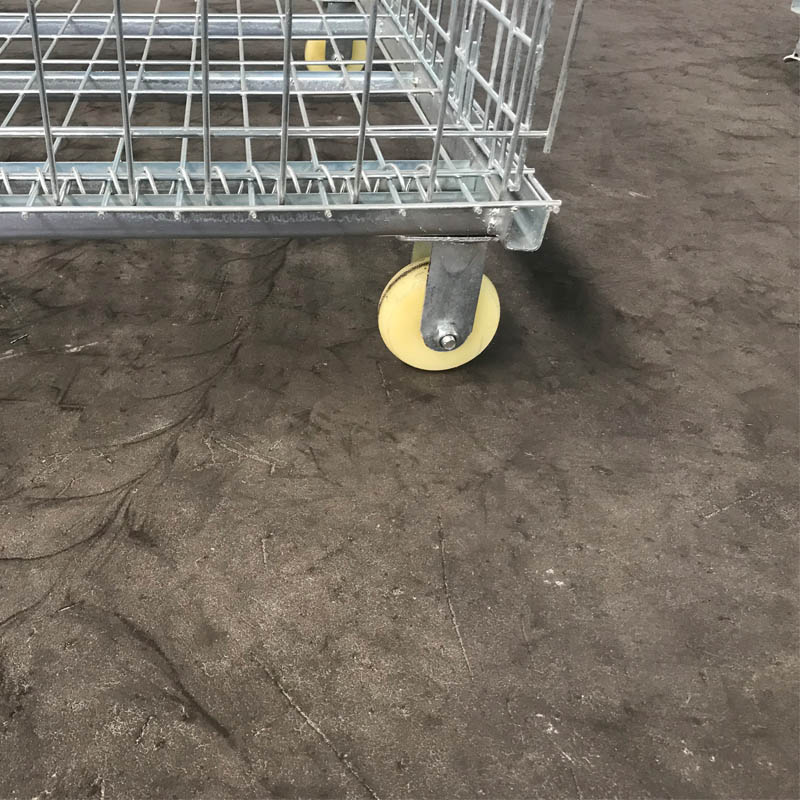
- Mobile Phone
- +8613931874955
- sales@cntcmetal.com
brick masonry ties
The Importance of Brick Masonry Ties in Construction
Brick masonry ties are integral components in the construction of buildings, particularly those utilizing brick as a primary material. As architects and builders strive for durability, strength, and aesthetic appeal, the role of masonry ties becomes increasingly apparent. This article will delve into what brick masonry ties are, their functions, the various types available, and their importance in ensuring the structural integrity and longevity of brickwork.
What Are Brick Masonry Ties?
Brick masonry ties, often referred to simply as masonry ties, are metal or non-metal fasteners used to connect various elements of a structure. Typically, they secure brick walls to other structural components, such as the building's frame or additional wythes of brickwork. These ties are critical in providing stability and ensuring that the wall retains its shape and integrity throughout its lifespan.
Functions of Brick Masonry Ties
The primary function of masonry ties is to strengthen the connection between different parts of a wall or between the wall and the structural frame. This is essential for various reasons
1. Wind Resistance Buildings are often exposed to strong winds, especially in areas prone to storms. Brick masonry ties help keep the wall intact during such events by ensuring it remains tethered to the frame or adjoining elements.
2. Load Distribution Ties help distribute loads from the wall to the supporting structures. This ensures that no single part of the wall bears excessive weight, which could lead to cracking or failure.
3. Thermal Expansion Materials expand and contract with temperature changes. Masonry ties allow for some movement without compromising the integrity of the masonry, reducing the risk of damage caused by thermal stresses.
4. Moisture Control In environments where moisture is a concern, brick masonry ties can aid in controlling water penetration by promoting drainage. This is crucial for preventing issues such as mold and deterioration of building materials.
Types of Brick Masonry Ties
brick masonry ties

There are several types of masonry ties, each designed for specific applications and environments. Some common types include
1. Metal Ties Usually made from galvanized steel or stainless steel, metal ties are durable and provide strong connections. They are often used in exterior applications where moisture resistance is crucial.
2. Plastic Ties These are lightweight and corrosion-resistant, making them suitable for environments where metal ties might rust or degrade.
3. Wire Ties Wire ties are flexible and can be adjusted to fit various wall configurations. They are often used in brick veneer applications for residential buildings.
4. Bonding Strips These strips can be integrated into the mortar joints during installation, providing a seamless connection between the wall and the supporting structure.
Importance in Construction
The importance of brick masonry ties cannot be overstated. They are essential for ensuring the structural integrity of buildings, particularly those involving brick masonry. Without adequate ties, walls could become unstable, risking potential collapse or significant damage in adverse weather conditions.
Moreover, the use of proper ties is often mandated by building codes and regulations. Compliance with these standards not only guarantees safety but also contributes to the overall quality and longevity of the construction.
In addition to their structural benefits, masonry ties can also enhance aesthetic considerations. For instance, well-designed ties help maintain uniformity in brickwork, contributing to the overall beauty of the edifice.
Conclusion
In conclusion, brick masonry ties are crucial components in modern construction that serve multiple vital functions. From enhancing stability and resistance to external forces to promoting efficient moisture management, their role is paramount in both residential and commercial buildings. As the construction industry continues to evolve, the importance of integrating high-quality masonry ties into design and building practices will remain a fundamental consideration for architects and builders alike. Ensuring proper installation and adherence to building regulations not only enhances the safety of structures but also their aesthetic appeal, securing a sustainable future for brick masonry construction.
share:
-
Your Source for Concrete Wall Ties and Masonry AccessoriesNewsJul.10,2025
-
Unlocking the Power of Iron Wire for Every ProjectNewsJul.10,2025
-
Explore Advanced Chain Wire and Stainless Steel Mesh FencingNewsJul.10,2025
-
Discover the Benefits of Annealed Wire ProductsNewsJul.10,2025
-
Discover China Stainless Steel Wire Mesh SolutionsNewsJul.10,2025
-
Build with Confidence Using High-Performance Masonry AccessoriesNewsJul.10,2025
-
Why Sacrificial Formwork Is Redefining Underground ConstructionNewsJun.06,2025



















